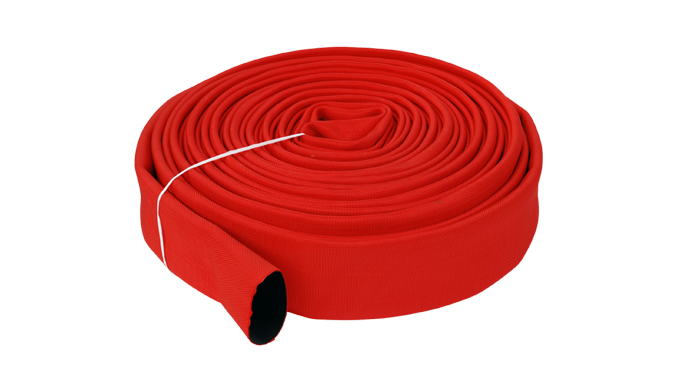The quality of fire hoses directly affects the effect o […]
The quality of fire hoses directly affects the effect of rescue wars. During use, protection and maintenance must be strengthened.
1. Handling, fire hoses must be handled by a dedicated person to prevent unreasonable damage. All hoses should be classified according to quality and numbered in order to grasp the use of the hose.
2. Storage, fire hose should not be placed outdoors for a long time in the sun or rain, or near a heat source, to prevent aging, prevent corrosive and viscous material pollution, storage address, should have a suitable temperature and good ventilation, hose It should be rolled up in a single layer and placed on a hose rack or reel. It must be turned several times a year and communicated and folded several times a year. The hoses in the car should be prevented from conflicting with each other, and communicate and fold when necessary.
Use planning: fire rescue, working condition enterprises, petrochemical oil depots, ship docks, agricultural and sideline production, especially suitable for use in severe cold areas.
In winter, the weather begins to get severely cold, and companies that have installed fire hoses should now consider how to do protection and maintenance operations. The first consideration is whether the hose can operate normally in severe cold temperatures, and it must be ensured that it can continue to operate at a low temperature of minus 20 degrees Celsius.
Another point is that in winter, the hose taken out becomes very brittle, so you should pay attention to it in time after using it. In particular, do not directly fold the hose in half and put it in the storage room as before, but roll the hose into a disc shape, so as to prevent "dead folded hose" and damage to the hose.
There is another need to remind all users to pay attention to that, after each fire fighting operation is completed, remember to pour out the remaining water in the hose, so as not to freeze a thick layer of ice in the hose. Block, and then cause it to be damaged to varying degrees.
Then there is another point is to try to put it in a regular storage room after use, instead of directly stacking the fire hose in the open.

NINGBO JIANMEI SPECIAL HOSE CO., LTD.